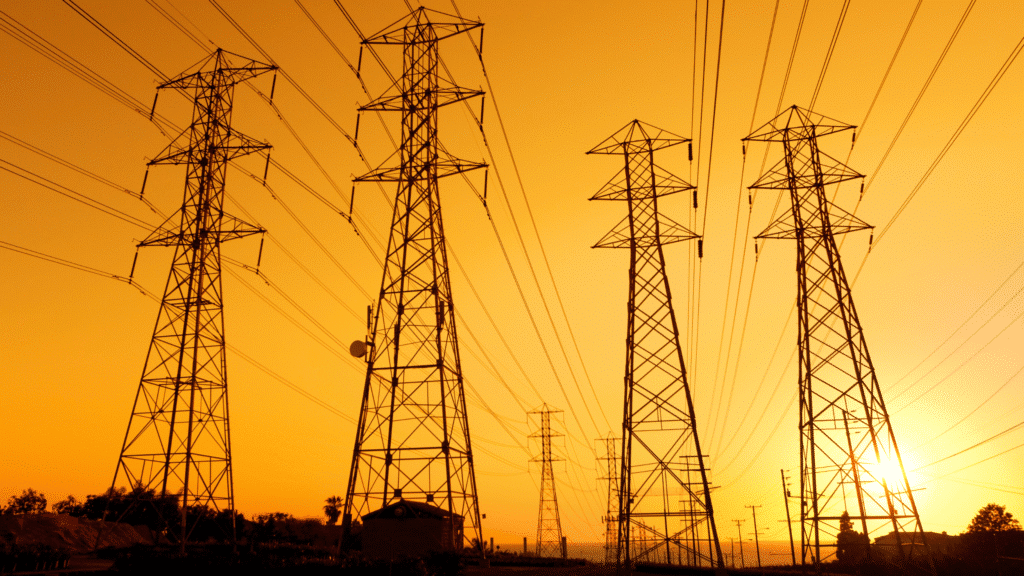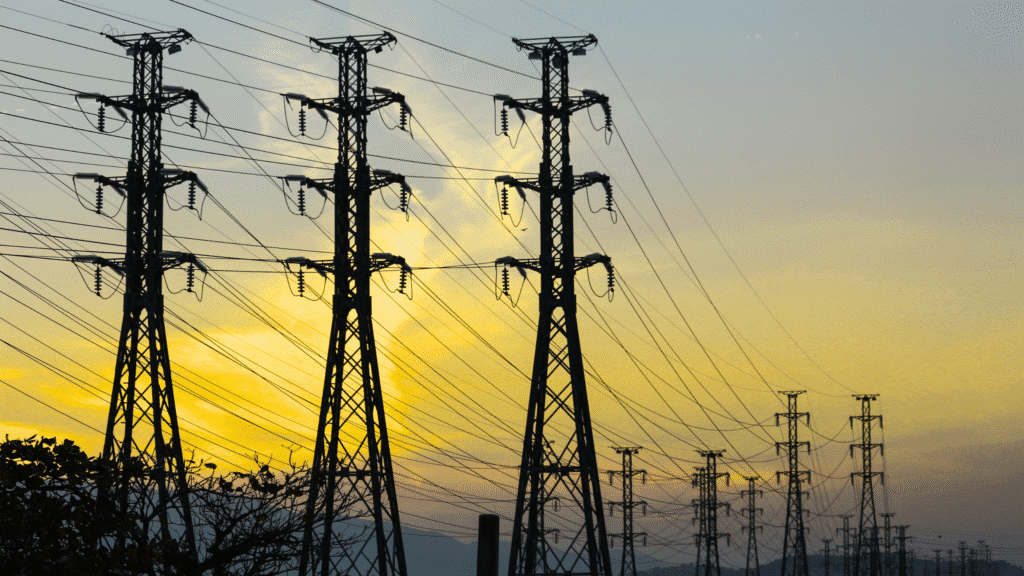Key Contacts: Niall Donnelly – Partner
Overview
The Commission for Regulation of Utilities (“CRU”) has released its Draft Determination for Price Review Six (“PR6”), setting out a transformative regulatory and investment framework for Ireland’s electricity networks for the period 2026-2030. This review marks a pivotal moment in Ireland’s energy transition, with a focus on enabling decarbonisation, integrating renewables, enhancing network resilience, and empowering customers. The proposals represent a significant evolution from the previous regulatory period (“PR5”), with a substantial increase in allowed expenditure, new mechanisms for managing uncertainty, and a sharpened focus on delivery and accountability.
Key Features of PR6
The CRU’s PR6 proposals introduce a substantial increase in investment allowances for Ireland’s electricity networks. The draft determination sets a baseline funding package of €14.1 billion for ESB Networks and EirGrid over the 2026-2030 period, with the potential for this figure to rise to €19 billion if additional offshore projects are transferred during the period. This represents an over 80% increase in controllable cost allowances compared to PR5, reflecting the scale of investment required to meet Ireland’s climate and energy targets. The funding is allocated across distribution, transmission, and offshore network activities, with EirGrid’s offshore role seeing a dramatic increase as it transitions to an asset-heavy business model.
A central feature in PR6 is the introduction of the Agile Investment and Monitoring Framework (“AIMF”), which builds on the Agile Investment Framework (“AIF”) from PR5. The AIMF is designed to provide greater flexibility and certainty for network companies. It features a two-tier allowance structure: baseline allowances for activities with high certainty and clear deliverables, including ring-fenced funding for critical projects, and envelope (high case) allowances, which are additional funds accessible through targeted reopeners and volume drivers. This structure allows the network operators to respond to changes in project scope, costs, or demand during the period. The AIMF is intended to be agile, light-touch, and practical, with clear processes for accessing additional funds and robust criteria for demonstrating need, deliverability, and readiness.
For the first time, baseline allowances are explicitly linked to specific outputs or deliverables, with 36 formal high priority Delivery Obligations introduced for PR6. These obligations provide regulatory commitment to funding strategic schemes, increase transparency, and ensure that funding is tied to tangible outcomes for customers. The performance incentive regime has been streamlined and strengthened, focusing on 27 outcome-based measures that directly impact customer value. Incentives are now more mechanistic, with clearer, pre-set targets and a greater emphasis on delivery, efficiency, and innovation.
The CRU has also refined its approach to managing uncertainty, moving away from reliance on annual revenue and ex-post reviews. Targeted uncertainty mechanisms, such as reopeners for new legislative or regulatory requirements and force majeure events, are now embedded in the framework. The CRU will allow for in-period adjustments to allowances where justified, but with enhanced scrutiny and reporting requirements to protect consumers from unnecessary cost escalation or under-delivery.
The financial framework underpinning PR6 has been updated, with separate cost of capital methodologies for distribution, transmission, and offshore activities to reflect differing risk profiles. A bespoke offshore financial framework has been developed for EirGrid’s new asset owner role, with a higher cost of capital to attract the necessary private investment for offshore wind infrastructure. The financial framework is designed to ensure network companies can maintain investment grade credit ratings and access the capital markets, while protecting customers from excessive costs.
The proposed investments under PR6 will support the connection of 1 million electric vehicles, 680,000 heat pumps, and 4.4 GW of new renewable generation, as well as major upgrades to network resilience and digital capabilities. The CRU estimates that, under the baseline scenario, domestic electricity bills will increase by approximately 8% by 2029-30, with higher increases possible if all additional funding is utilised. Non-domestic customers will see varying impacts depending on their size and network usage, with some large users potentially seeing reductions due to changes in the structure of network charges. The CRU is committed to transparency, with enhanced reporting and annual performance dashboards to keep stakeholders informed of progress and value delivered.
The consultation on the PR6 Draft Determination is open until 11 September 2025. The CRU will consider all feedback before publishing its Final Determination in December 2025. Stakeholders are encouraged to review the detailed proposals and provide input, particularly on the operation of the AIMF, the design of performance incentives, and the approach to managing uncertainty and risk.
Implications for Market Participants
Network operators must prepare for a more output-focused, accountable, and transparent regulatory environment, with greater flexibility but also higher expectations for delivery and efficiency. Developers and investors will find that the new framework provides greater certainty on cost recovery and regulatory support for major infrastructure projects, especially in offshore wind, but also introduces more rigorous scrutiny of business cases and deliverability. Customers and industry can expect significant investment in network capacity, resilience, and digitalisation, with a clear focus on supporting Ireland’s decarbonisation and electrification goals. However, this will come with upward pressure on network charges, making value for money and delivery of promised outcomes critical.
Conclusion
PR6 represents a step-change in the regulation and funding of Ireland’s electricity networks, aligning the sector with the country’s ambitious climate and energy targets. The CRU’s proposals aim to balance the need for transformational investment with robust consumer protections and a focus on measurable outcomes. All stakeholders should engage with the consultation process to help shape the final framework for this crucial period in Ireland’s energy transition.
For further information on the Draft Determination see here.










